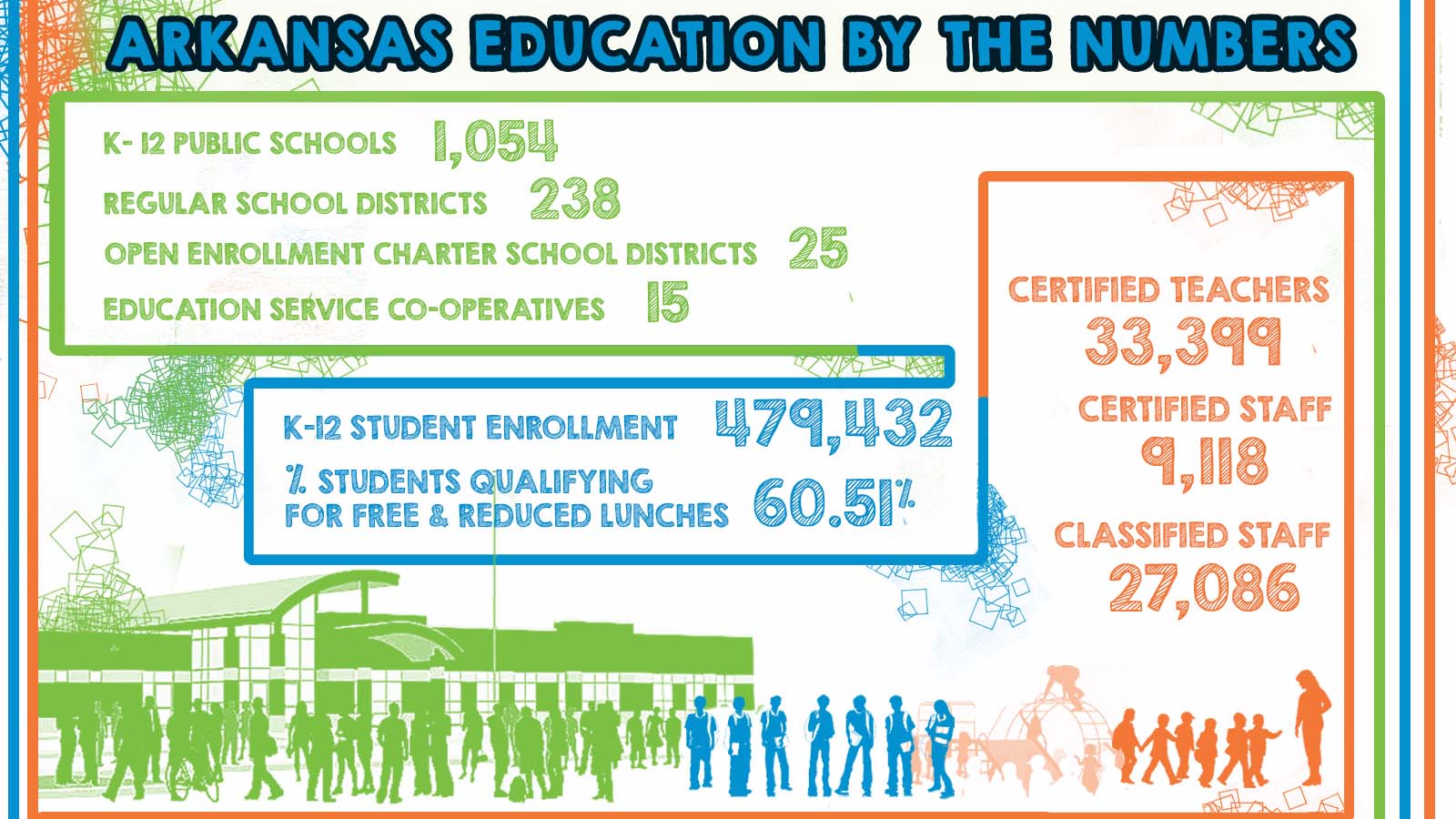
For every tax dollar coming into the state, 41% is spent on K-12 public schools. Approximately, half of all school district revenues come from the state.
Our current process of determining the amount of state funding for our schools goes back to 2003. The Public School Funding Act of 2003 develops per-pupil funding amounts by assigning costs to various educational inputs.
Those inputs range from staff salaries to transportation needs. They are then compiled into a school district funding matrix used to produce a per-pupil foundation funding amount along with additional funding for programs for students with special needs, alternative learning environments, and professional development for instructional staff.
But the landscape of education has changed since 2003. That is why late last year, the House and Senate Education Committee agreed to hire a consulting firm, Augenblick, Palaich and Associates, to take an in-depth look at our k-12 education and make recommendations to our current model of funding.
The firm’s study has sought input from education officials around the state and reviewed academic research.
This week, the consultants presented the committee with information showing the average counselor staffing ratio in Arkansas is 385:1, which is lower than the average for states in the southern region. However, the American School Counselor Association and the National Association of School Psychologist's recommended ratio is 250:1.
The consultants have also presented committee members with information on the effects of poverty on learning. Research shows academic performance correlates negatively with concentrations of poverty in schools. Higher concentrations of poverty seem to impact all students in a school, not only poor students. Some research suggests school effects could start at concentrations between 25% and 50%. The committee was presented with information on the possible strategies for improvement such as wrap-around services and expanded learning programs.
Committee members are reviewing this information and previous presentations covering everything from college readiness to enrollment changes.
Over the next few weeks, they will be using this information to make their recommendations for the 2021 Regular Session. They will present their recommendations to House and Senate leadership by November 1.
You can watch all House and Senate Education Committee meetings and review the reports at www.arkansashouse.org.
